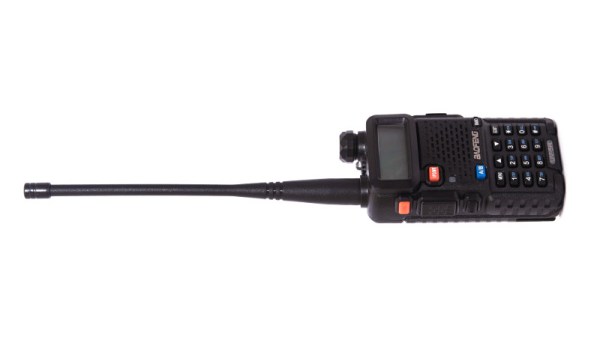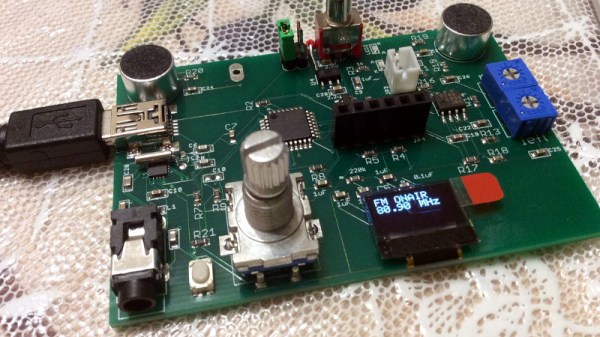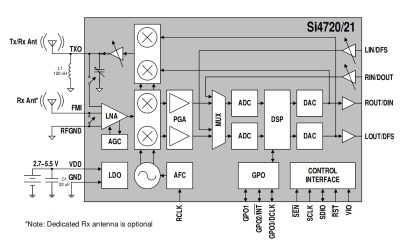For radio enthusiasts worldwide, the inexpensive Chinese handheld radios produced by the likes of Baofeng and other brands have been a welcome addition to their arsenal. They make an ideal first transceiver for a new licensee, a handy portable for any radio amateur, and an inexpensive basis for UHF or VHF experimentation. Unfortunately with the low cost comes something of a reputation for not having the cleanest spectral output, and it seems that this has caught the attention of regulators in Germany and Poland. In Germany this has resulted in the announcement of a sales prohibition (PDF in German) which seems likely to be repeated across the rest of the EU.
It seems what has happened is that the quality of the Baofeng radios on sale doesn’t match that claimed in their conformity documents, which should honestly come as a surprise to nobody. It is interesting that the paperwork mentions the Baofeng UV-5R specifically, as it seems likely to us that an inevitable game of whack-a-mole will ensue with the same radios appearing under ever more brand names and part numbers. The basic UV-5R already appears under a number of variants, for example the one where this is being written is a near-identical but slightly more powerful BF-F8, so this should again come as no surprise.
If you live in Europe should you panic buy a Baofeng while you still can? Probably not, unless you really need one. Something tells us they will remain readily available from the usual overseas sources for years to come. Meanwhile this isn’t the first time a regulator has raised questions about this type of radio.
Thanks [2ftg] for the tip.
Header image: Варвара Каминская, CC BY-SA 4.0.















